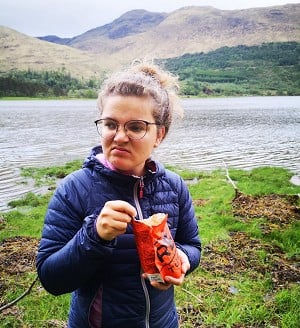
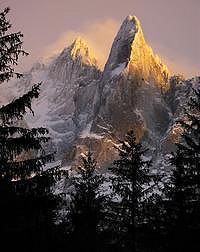
In the past I used similar combinations of food for days on the hill, some more carefully thought out than others in order to sustain me for my days (and often nights) activity. However I often experienced the same problems with these foods, finding them hard to digest, then not providing enough energy, and being heavy and difficult to pack. This has driven me to look a little further afield than the nearest, cheapest supermarket in order to find the ideal hydration and nutritional system that would address all of the above points and also help me to improve my performance.
Cyclists, runners and other endurance based sports persons have been doing this for years, resulting in a massive range of carbohydrate, electrolyte, protein replacement and recovery products becoming available in every flavour and concentration under the sun. All of these products are designed to be easy to use, easily absorbed by the body and tailored to athlete's specific needs. Characteristics not exactly shared by half a stale baguette and the cheapest chorizo available at the super market.
Over the past 5 years I have spent obsessed with trying different aspects of climbing and striving to improve my performance in whatever branch of the sport I am currently psyched for, I have experimented with various products and brands of energy and recovery products. One thing I am sure of is that they have helped me to improve my performance and decreased my recovery time between training sessions in a convenient and easy way when used in conjunction with a balanced diet and enough rest.
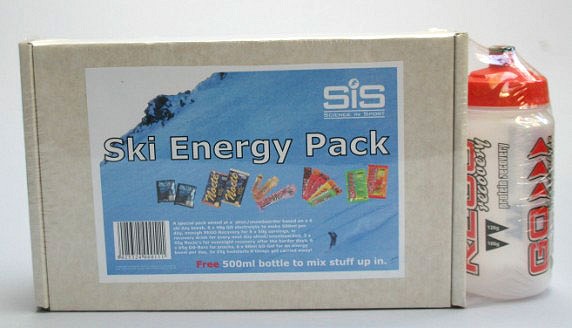
On a recent trip to the Alps I tested a range of products from Blackburn based company Science in Sport (SIS). SIS are probably best known in the cycling world with British athletes Chris Boardman (Olympic gold medallist) and Bradley Wiggins (Olympic gold medallist) using the products as well as numerous expeditions and alpine athletes (snowboarding etc).
The products I tested were part of a Ski pack designed to provide a nutrition and recovery plan for a 6 day ski holiday and cost £27 a pack. They come in a pre-packaged box with all nutritional info for the individual products on the back of the box and include a free drinks bottle to mix the products in.
The products included were:
1. GO gels
2. GO bars
3. REGO recovery drink
4. GO electrolite energy drink
5. Nocte recovery drink
6. Head start
The pack contained a range of flavours for each product so would be an ideal way of finding your favourite flavours and seeing which products you get on best with, vital if you are going to rely on the products to essentially keep you alive. On the down side you may receive flavours you do not like or products that are not suitable but at least you will be able to find this out! All the products are packaged in portions with mixing quantities printed on the label making them easy to mix on route, store and organise for a days climbing (use stuff sacks and your pockets). This also makes it easy for you to keep tabs on your calorie and fluid intake during the day, meaning you can make up for your lack of it at bivvys etc.
Products used when climbing:
GO Gel bars
I found this product the most useful product in the pack, providing an easy to ingest boost of energy in a very small package. What sets these gels apart from others is the fact they do not need water to be taken with them in order for the energy to be absorbed by the body and avoid your body dehydrating itself further in order to process them. As getting enough fluid intake during alpine climbing is extremely difficult if not impossible, these gels are possibly the only ones ideally suited to use. The gels do freeze, as a spell in my freezer at home proved but if stored in your pockets or insulated in your sack this problem can be avoided. I found all the flavours tested perfectly palatable and the consistency of the gel made them easy to get down without lots of water. Each gel contains around 86 calories.
GO Bars
The bars are made with totally natural ingredients, contain just 2g of fat per bar and provided a more filling source of energy in the form of a chewy cereal bar. I did find the bars quite hard going and a good few slugs of water were necessary to get them down but once down they provided lots of energy and did not sit heavy in the stomach. We used 4 each during a long 12hr+ day with a few gels here and there. It was essential to stop them freezing up as they would become pretty useless if this happened, as my freezer proved, unless your name was Jaws. Once again all flavours were excellent, unlike some bars that seem to have more in common with cardboard than food. They provided a packable and energy packed alternative to a stick of French bread. Each bar contains approximately 243 calories. 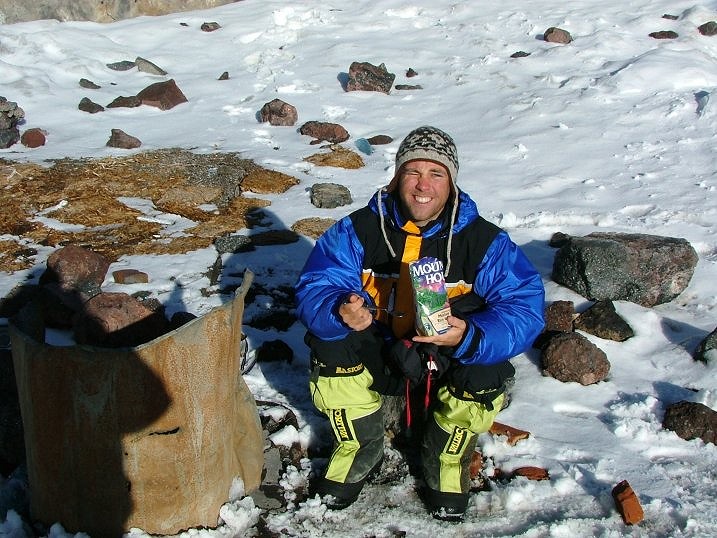
REGO Recovery drink
A protein/carbohydrate powder that can be mixed as a drink or added to food to replace carbohydrate lost after exercise and provide protein to promote recovery. Probably my second favourite product in the pack, it provided a moral boosting treat when mixed with a hot water. The consistency of the drink is quite thick so I found it quite filling as well as tasting very good (we mixed banana and strawberry flavour, excellent!). Each serving contains 26g of protein (tin of tuna) and approximately 314 calories.
GO Electrolyte
A carbohydrate and electrolyte powder that mixes with water providing energy as you hydrate and replacing salts and minerals lost though sweating. My climbing partner frequently struggles with cramping at the end of big days out and incidentally this was not a problem during the route. I personally found the recommended mixing level a little strong and ended up mixing each sachet with 1 litre of water instead of 500ml, again make sure you experiment before using the product in anger. Adding a powder to drink has been claimed to stop it freezing as fast and we did notice possible evidence of this during one day when a third member of the team did not use any powder at all and his water developed large chunks of ice quicker than ours. The flavours were all excellent and as for the REGO the product was enjoyable as a hot beverage.
Stuff not taken on route
Nocte
An interesting protein recovery drink designed to promote recovery whilst you sleep. The types of protein contained in the drink are ideally suited to being processed whilst you are resting (i.e. asleep), so maximise your recovery rate whilst you are sleeping. It also contains amino acids that stimulate the production of the hormones that put us to sleep, promoting better sleep. Definitely has potential to make it into the bag as it would be ideal for bivvys but I would like to give it a bit more of testing and research before I risked it.
Headstart
Scientifically formulated to provide the ultimate hangover cure! Perfect for the morning after the après big route story telling down the pub. Contains caffeine.
Summary
The combination of these products provided a light, compact, very easy to use and great tasting alternative to sausage and baguette for use during a days climbing. I also liked the company's natural ingredients ethos and felt this shows through in the taste of the products. I also liked the fact they are a home grown, Blackburn based company. I will definitely be using the products in the future.
I have stayed away from scientific jargon during this review, as I am not a sports scientist and therefore do not feel qualified to speak as one. However I have done a considerable amount of personal research into the various products, what they claim to do, how they work and how to get the best out of them, before committing to them.
Find out more at
www.scienceinsport.com

He has been climbing for six years and for the last three could quite possibly could be described as obsessive! He has climbed Bowfell buttress in full-on winter conditons with a very shady rack and has a soft spot for Black Crag, Langdale. crag. Favourite routes include the Moon at Gogarth, Spartacus on Kalymnos, and the North Face of the Trioat (Argentiere Galcier).

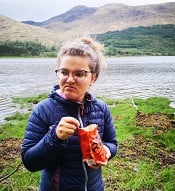
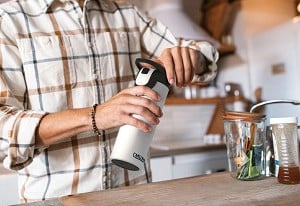
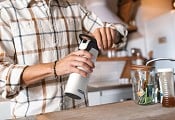


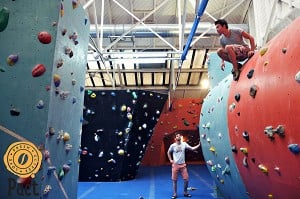

Comments